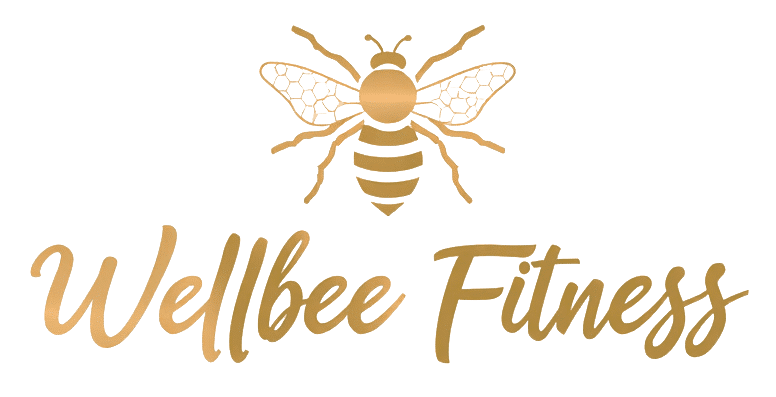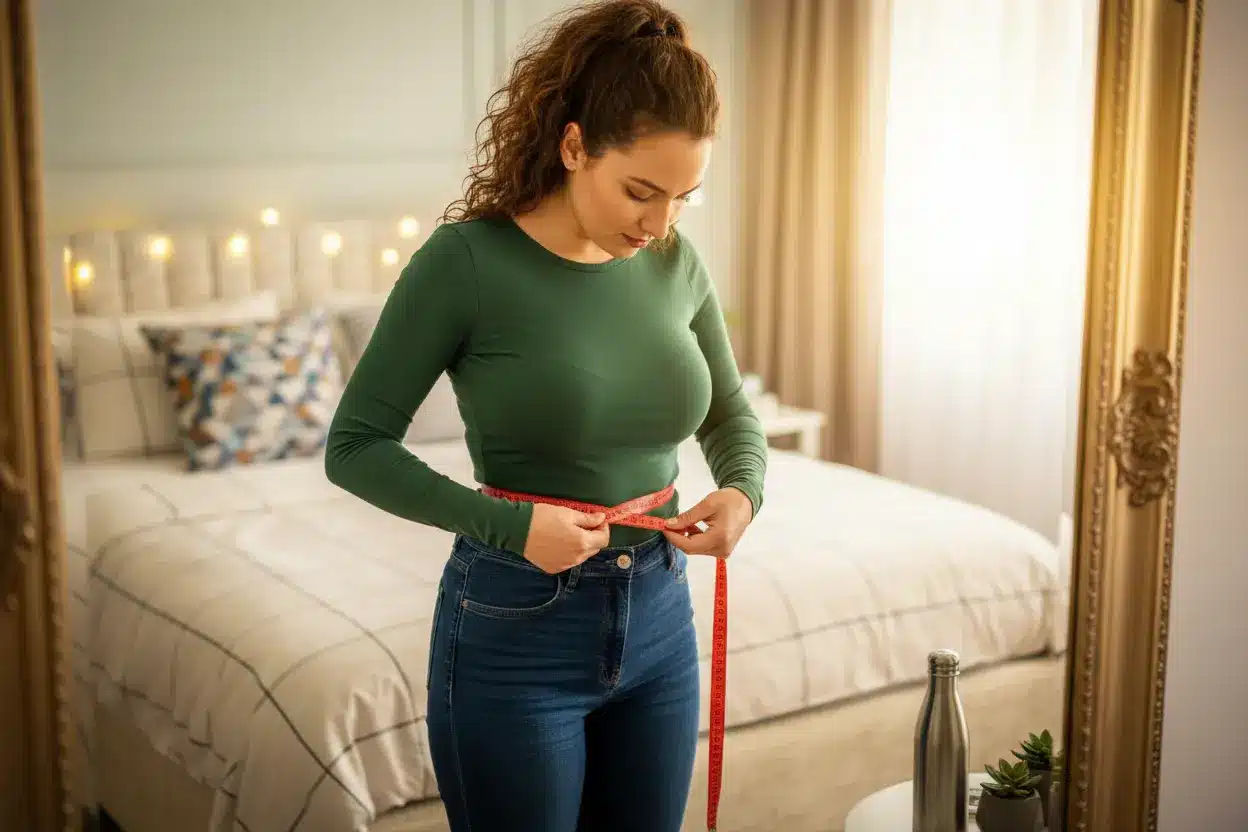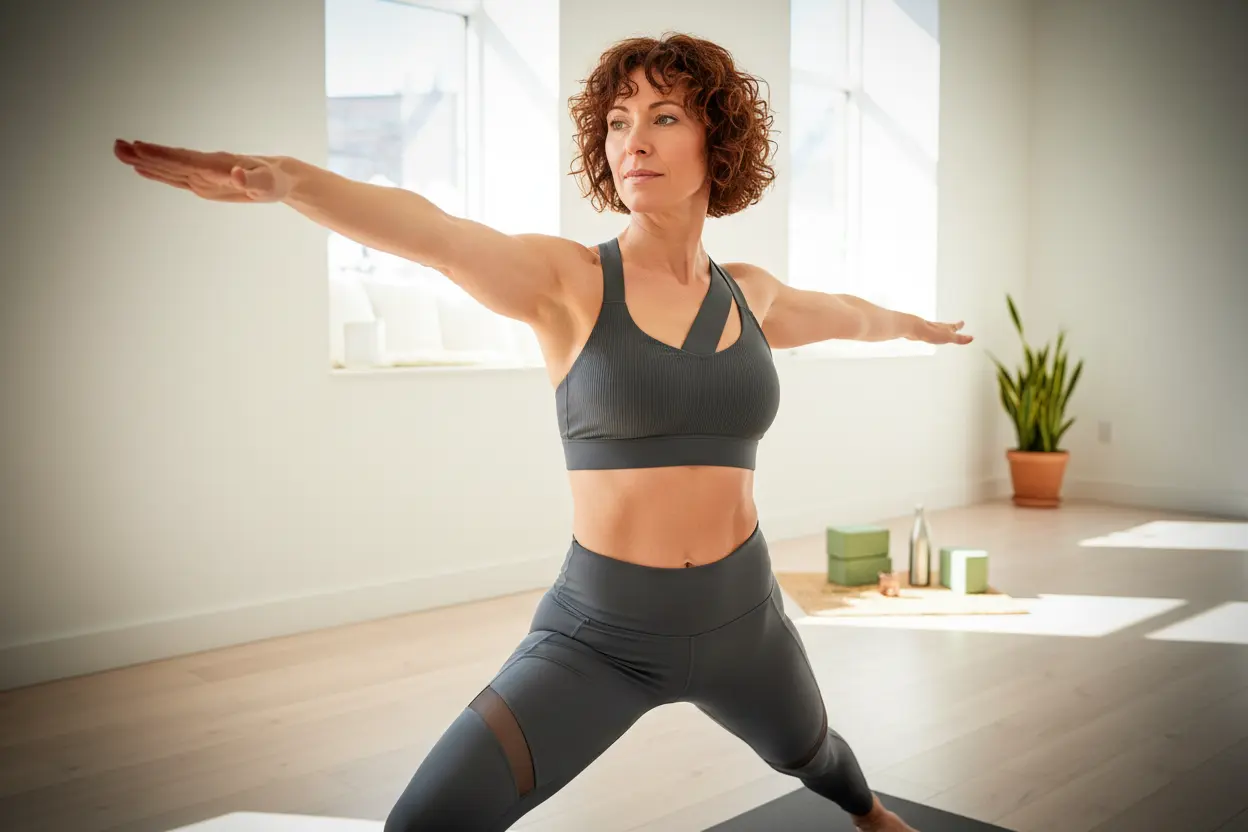Think you need to plank for hours to get those jaw-dropping, rock-hard abs? Good news: even the experts are shocked by how little it actually takes. Let’s bust some myths, save your wrists, and help you get abs of steel—statue impersonation not required!
Why Planking Rules the World of Core Workouts
When it comes to strength training, the humble plank is a heavyweight champion. It might look deceptively simple, but don’t let appearances fool you: planking is a powerful tool for sculpting your abdominal muscles and strengthening your core—that magical group of deep muscles wrapped around your abdomen.
Unlike crunches that mainly target your surface-level abs (hello, six-pack chasers), planks dig deeper. They activate your entire abdominal belt, working those hidden muscles responsible for keeping you upright and protecting your spine. Who knew just standing still (well, almost) could be so effective?
But Seriously, How Long Should You Hold a Plank For?
Here’s the million-dollar question. Some people will tell you to aim for 30 seconds. Others (with forearms forged in steel) swear by five-minute endurance challenges. But in reality, it’s all a bit more nuanced. The best news? You absolutely do not have to freeze like a garden gnome for hours on end!
No matter what you’ve seen—maybe you’ve witnessed the epic tales of those few who hold planks for over 8 hours (yes, that’s real!), rest assured that you do not need that level of heroics to develop impressive abs. Quality beats quantity every time.
- It’s actually preferable to do several short sets—like 3 sets of 45 seconds—rather than a single 3-minute slog.
- This approach keeps your form sharp and fatigue at bay.
So forget about arbitrary “longest time wins” records. When it comes to planking, more isn’t always better. If your posture falters, especially in your lower back, you’re simply raising your risk of injury—not your ab game.
It’s Not Just About the Abs—Why Planking Is a Whole-Body Affair
You might think planking is just about sculpting your abs, but it’s way more. This static exercise involves a host of other muscles: shoulders, arms, back, glutes, and even your thighs. That means the core isn’t the only area getting a makeover—your entire body is busy building strength while you hold steady.
On top of that, because so many muscles are firing at once, your metabolism gets a boost, and the calorie burn continues even after your workout is done. Planking won’t replace a marathon, but it’s more effective than it looks.
Another unsung benefit? Improved posture. Strengthen your core and you’ll notice your everyday stance changes for the better. You stand taller, enjoy less back pain, and feel naturally more stable. Now that’s a life upgrade.
The Final Word: Form, Not Just Time, for Abs of Steel
- Short, focused sets are the secret: Aim for series of 30 seconds to 1 minute, always with correct posture. There’s no need to shoot for 10-minute holds—leave those to the statues and world record holders.
- Keep your body in line: Your shoulders, hips, and heels should form a straight line. Better a perfect 30 seconds than a wobbly, strained 2-minute stint.
- Consistency pays off: Make planking a routine (and toss in a few variations) to see visible results—a flatter stomach and toned abs will follow.
Here’s the bottom line: The plank deserves its star status in the fitness world, but getting concrete results doesn’t demand marathon sessions. Do shorter sets, focus on technique, and enjoy a stronger core, better posture, and fewer enemies (namely: back pain). Go ahead, plank smart—not hard. Your abs (and sanity) will thank you!

John is a curious mind who loves to write about diverse topics. Passionate about sharing his thoughts and perspectives, he enjoys sparking conversations and encouraging discovery. For him, every subject is an invitation to discuss and learn.






